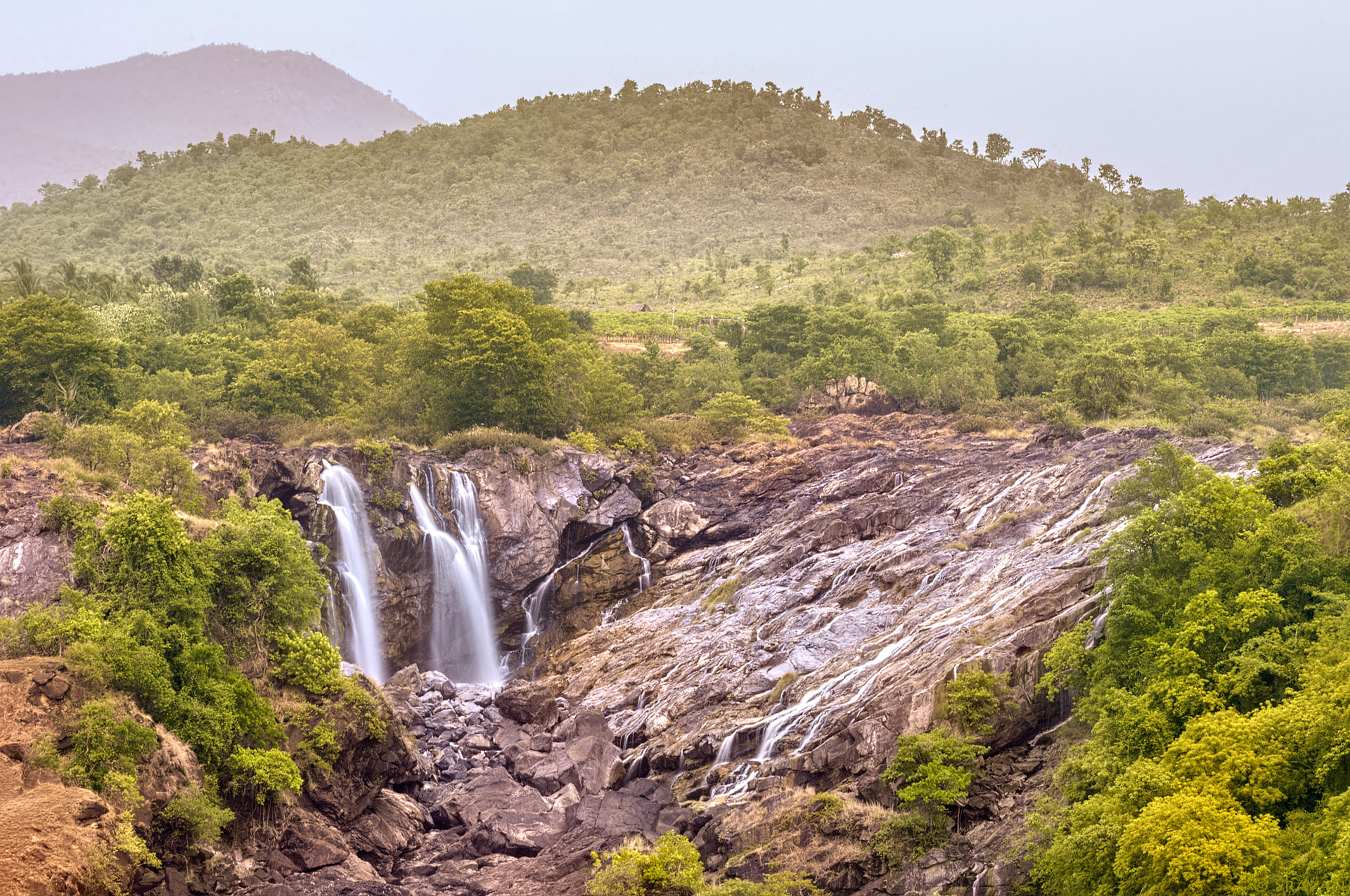Tip:
The above shot was taken in Shutter Priority and I let Aperture to set by camera automatically, in this case to f/36 (Ideally one should shoot this in manual mode with ND filters which I did not have at that point).
Interestingly in Photography “Small Aperture” means a big number. For ex. F/11, f/13, f/16, f/22 etc are few small apertures and f/1.2, f/1.4, f/2.8 etc are Large/Wide Apertures.
Shooting “Small Aperture” is required in few kinds of photography like Landscapes, some Macros, Architecture photography etc where more depth of field is required.
Few drawbacks of using small apertures are
1. Need more light, so it is a challenge when shooting in low light
2. Diffraction, which mean loss of sharpness
Overcoming the drawbacks:
1. Use a tripod with a timer or wireless/wired remote triggers when light is low and more depth of field is needed
2. Use good lenses which can handle smaller apertures without a huge degradation of Sharpness
3. Use good post processing techniques for sharpening.
Below is an example shot at f/16 with Nikon D90 camera and Nikon Af-S 50mm f/1.8 prime lens. Generally prime lenses are good in optics.
Image out of the camera
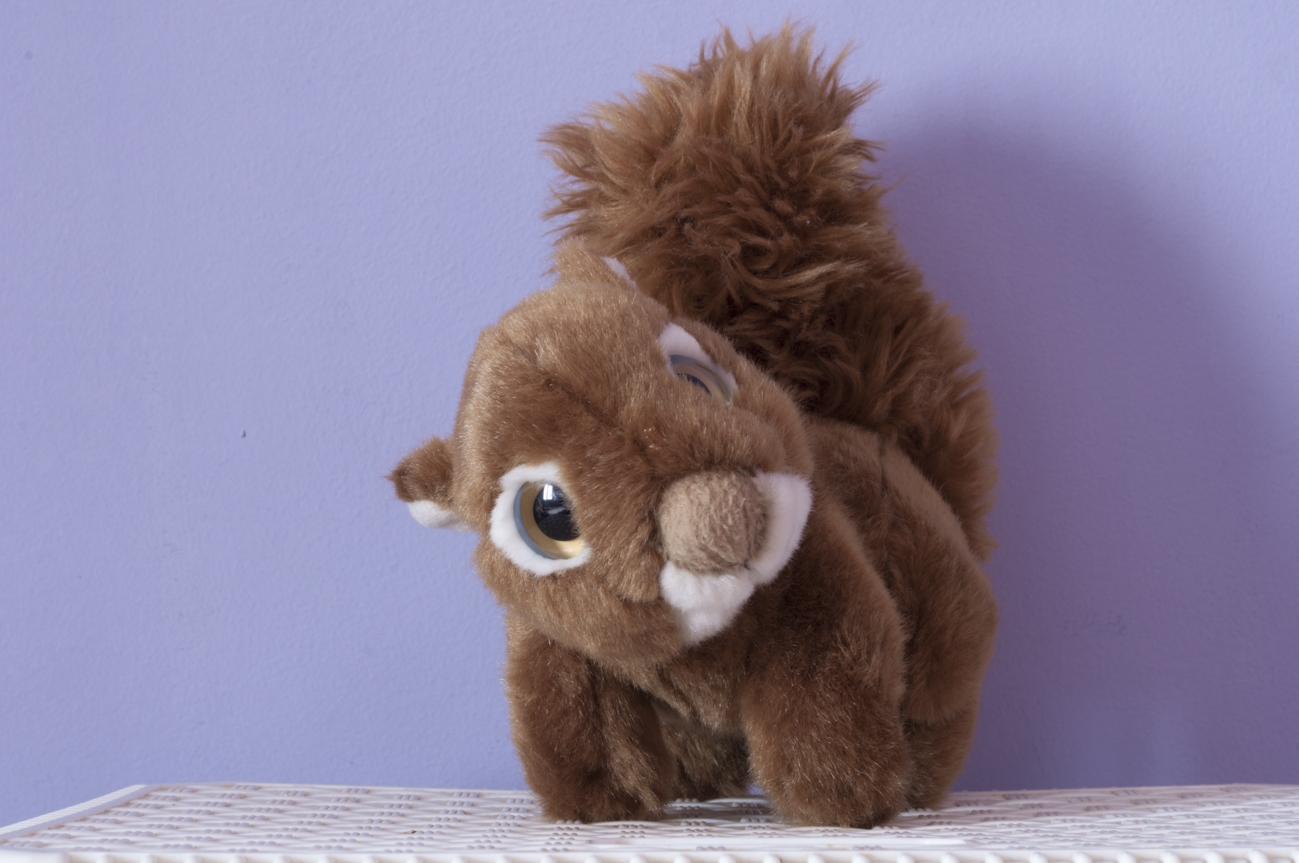
Out of the camera – 100% crop Eye portion
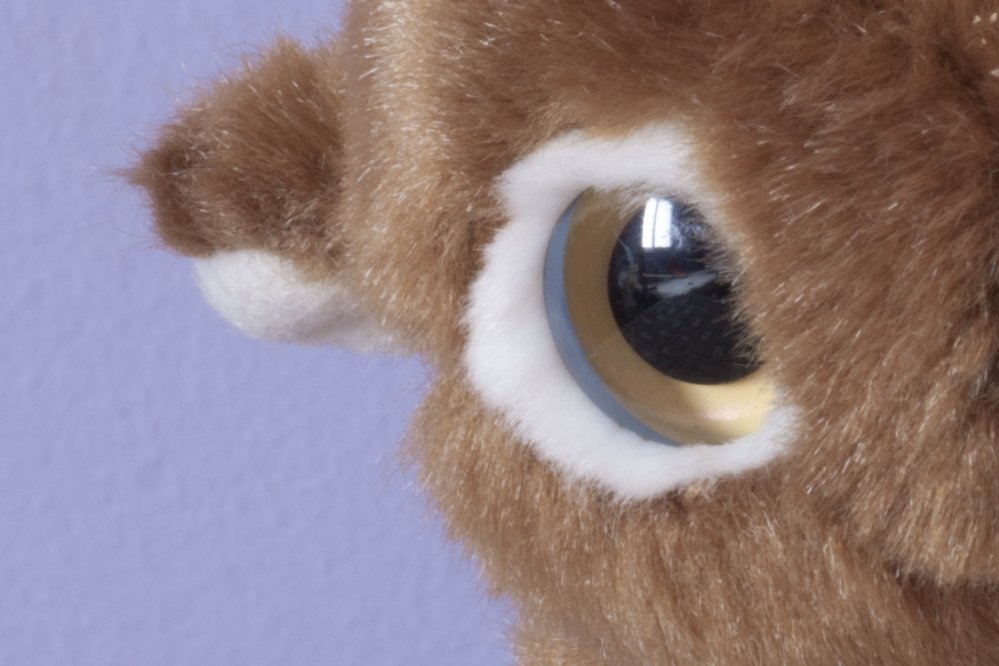
Out of the camera – 100% crop Tail portion
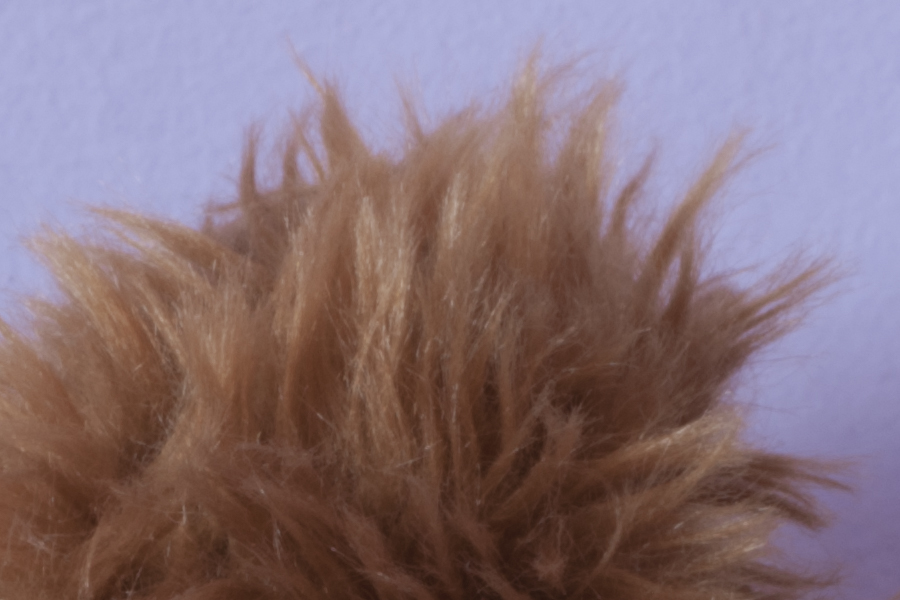
Processed Image
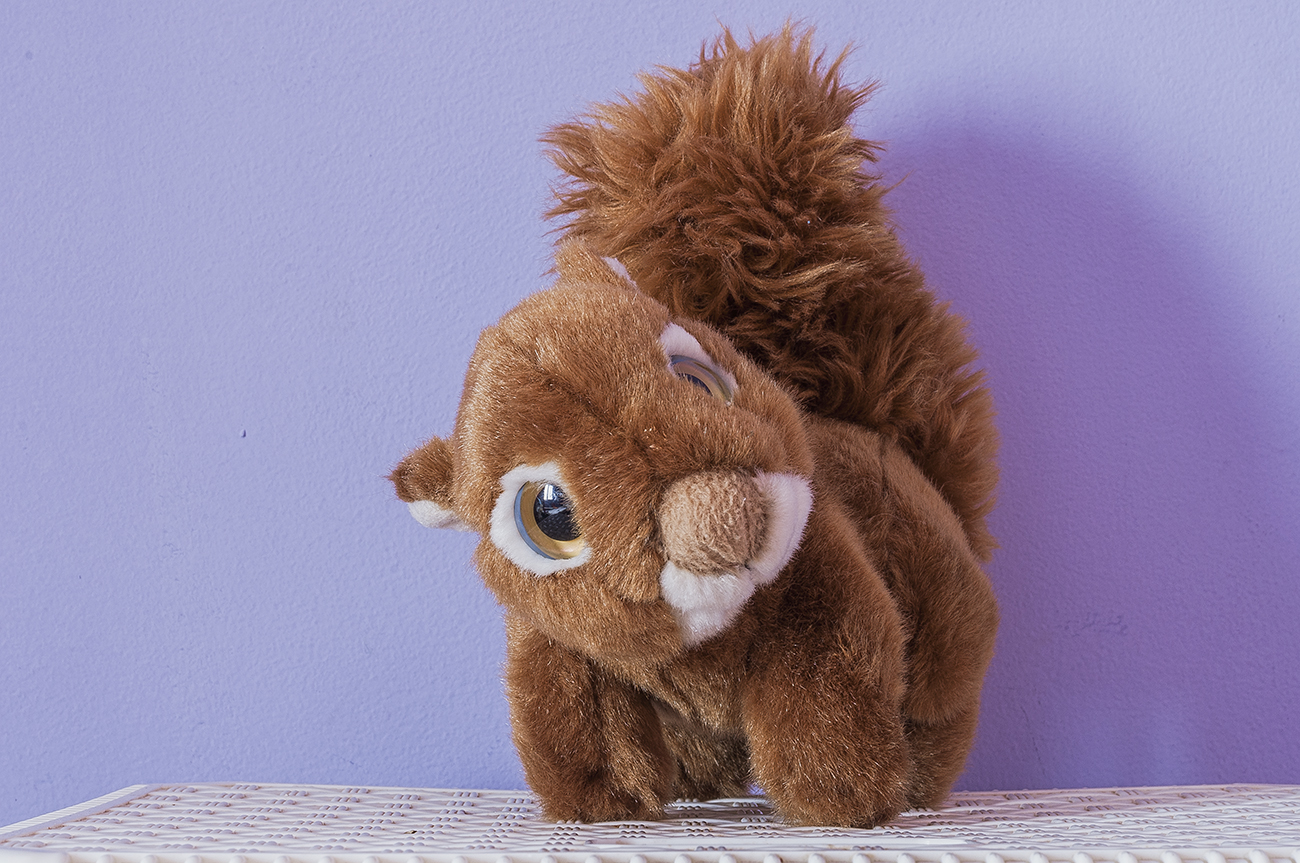
Processed Image – 100% crop Eye portion
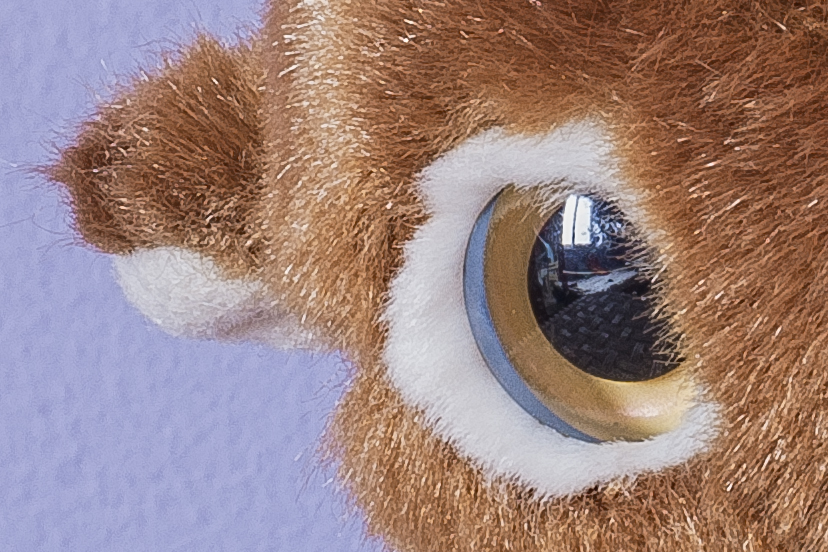
Processed Image – 100% crop Tail portion
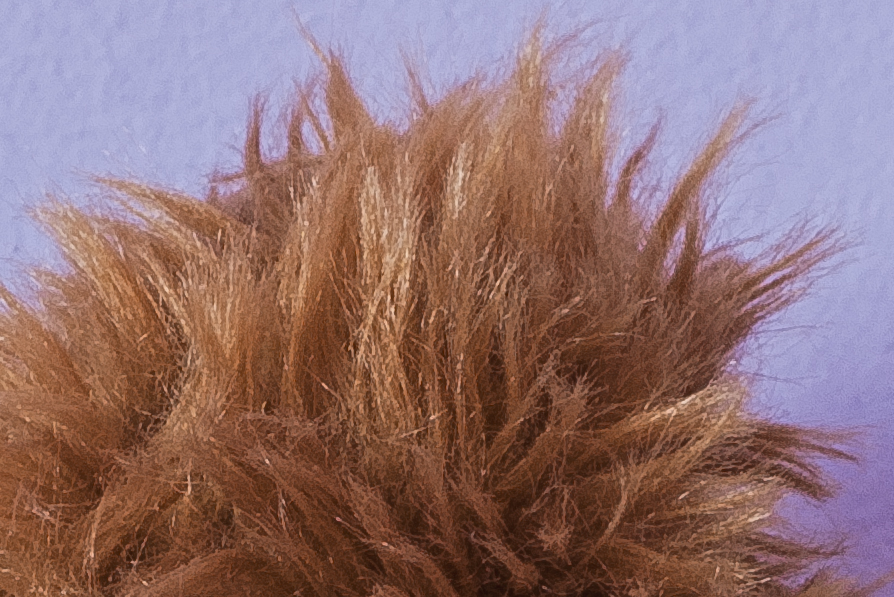
As you can see this image, the final result is sharp with good depth of field from eyes to tail. So with good shooting discipline and post processing, one can achieve good results even shooting at smaller apertures.
Thanks,
Sravan

